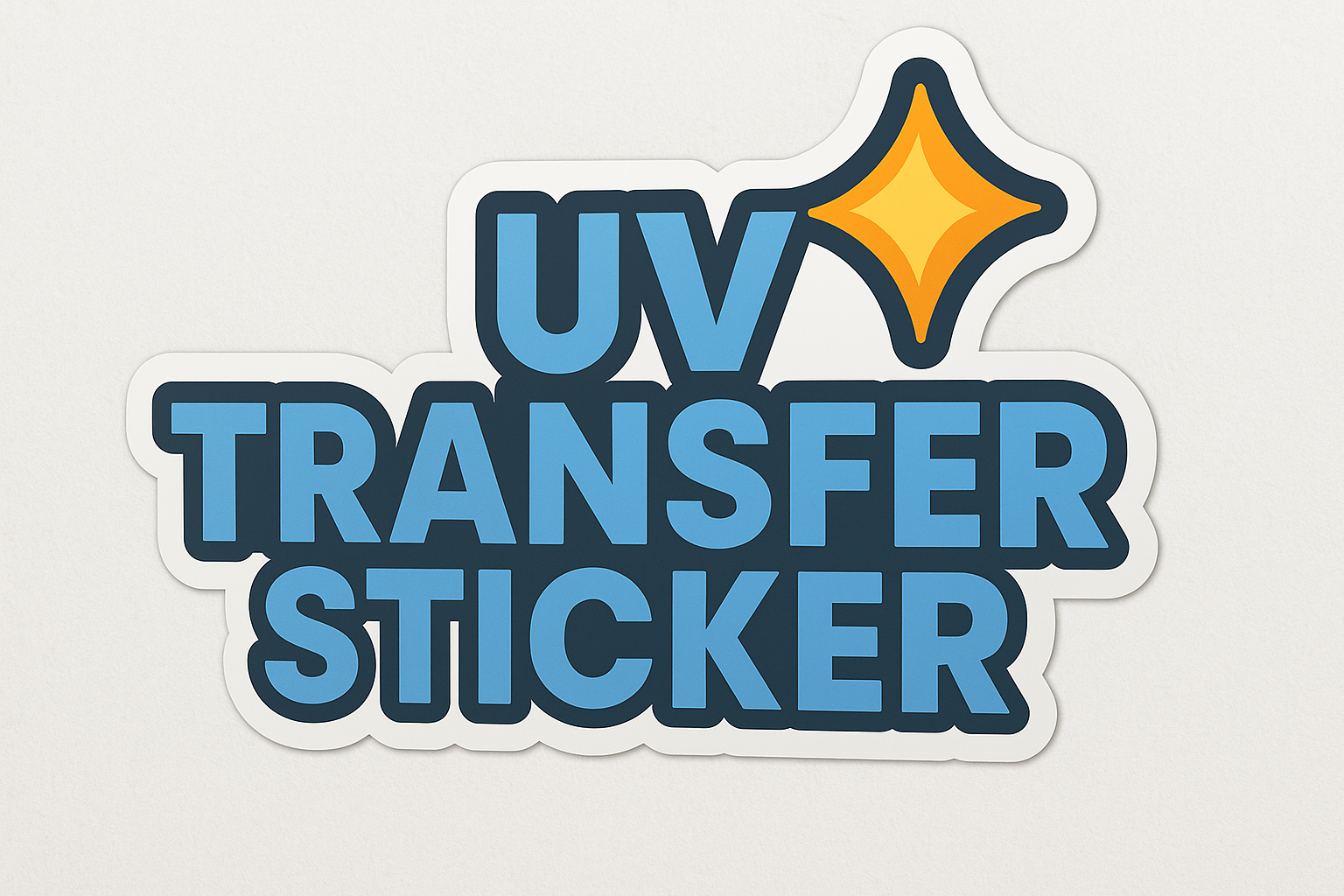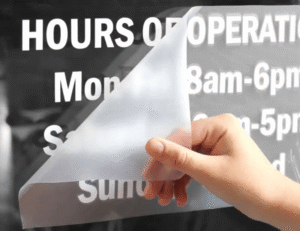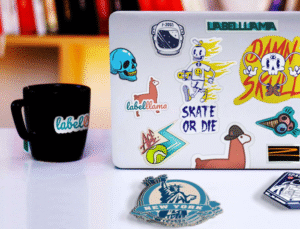UV Transfer Stickers vs. Traditional Decals – Which Solution Wins for Your Project?
In today’s competitive manufacturing and branding landscape, choosing the right decorative solution can make all the difference in product quality and customer perception. UV transfer stickers and traditional decals represent two distinct approaches to surface decoration, each with unique advantages and limitations. This comprehensive comparison will examine these technologies across seven critical dimensions to help you make informed decisions for your specific applications.
1. Technology Breakdown: How They Work
UV Transfer Stickers:
-
Utilize ultraviolet-curable inks that polymerize instantly under UV light
-
Multi-layer construction: backing film, adhesive, printed design, protective coating
-
Application requires precise alignment and UV curing equipment
-
Typical thickness: 0.1-0.3mm for flexible applications
Traditional Decals:
-
Employ solvent-based or water-based inks that air-dry
-
Single-layer construction with pressure-sensitive adhesive
-
Simple peel-and-stick application
-
Thickness varies from 0.05mm (vinyl) to 0.5mm (thick PVC)
2. Durability Showdown: Which Lasts Longer?
UV Transfer Stickers:
-
Excellent resistance to:
-
Scratching (3H-5H pencil hardness)
-
Chemicals (resistant to most solvents)
-
UV radiation (5+ years outdoor durability)
-
Temperature extremes (-40°C to 120°C)
-
-
Abrasion resistance: Withstands 500+ Taber cycles
-
Typical lifespan: 5-8 years outdoor, 10+ years indoor
Traditional Decals:
-
Moderate resistance profile:
-
Vulnerable to UV fading (1-3 years outdoor)
-
Limited chemical resistance
-
Temperature range: -20°C to 80°C
-
-
Abrasion resistance: 100-200 Taber cycles
-
Typical lifespan: 1-3 years outdoor, 3-5 years indoor
3. Print Quality and Aesthetic Comparison
UV Transfer Stickers:
-
Resolution: Up to 1200 dpi for photorealistic images
-
Color gamut: 95%+ of Pantone colors achievable
-
Special effects:
-
High-gloss, matte, or textured finishes
-
Metallic and holographic options
-
3D raised effects possible
-
-
Edge definition: Laser-precise cutting
Traditional Decals:
-
Resolution: Typically 300-600 dpi
-
Color gamut: 70-80% of Pantone colors
-
Finish options:
-
Limited to gloss or matte laminates
-
Metallic inks available but less vibrant
-
-
Edge quality: Slightly fuzzy cut lines
4. Application Process: Complexity and Requirements
UV Transfer Stickers:
-
Required equipment:
-
UV curing station (LED or mercury vapor)
-
Application tools (squeegees, alignment jigs)
-
-
Surface preparation:
-
Meticulous cleaning required
-
Priming needed for some plastics
-
-
Skill level: Moderate to high expertise needed
-
Process time: 2-5 minutes per part after setup
Traditional Decals:
-
Equipment needs:
-
Basic application tools (squeegee)
-
Heat gun for complex surfaces
-
-
Surface prep:
-
Simple cleaning usually sufficient
-
-
Skill level: Beginner-friendly
-
Application time: 30 seconds to 2 minutes per part
5. Cost Analysis: Short-Term vs. Long-Term Value
UV Transfer Stickers:
-
Initial costs:
-
Equipment investment: 2,000−10,000
-
Higher material costs (30-50% more than traditional)
-
-
Operational costs:
-
Lower waste (5-10% vs. 15-25% for traditional)
-
Reduced labor for high volumes
-
-
Cost per unit at scale: 0.10−0.50
-
ROI consideration: Better for long-term applications
Traditional Decals:
-
Initial costs:
-
Minimal equipment needed
-
Lower material costs
-
-
Operational factors:
-
Higher waste rates
-
More labor-intensive for quality results
-
-
Cost per unit: 0.05−0.30
-
Best for: Short-run or temporary applications
6. Environmental Impact and Sustainability
UV Transfer Technology:
-
Energy efficiency:
-
Instant curing reduces energy use
-
No VOC emissions during curing
-
-
Material sustainability:
-
90-95% material utilization
-
Recyclable components
-
-
Chemical considerations:
-
No heavy metals in modern UV inks
-
Low waste generation
-
Traditional Decals:
-
Environmental factors:
-
Solvent evaporation during drying
-
Higher material waste
-
Limited recyclability
-
-
Regulatory challenges:
-
Some formulations contain restricted substances
-
Disposal considerations for adhesive layers
-
7. Industry-Specific Recommendations
Best for UV Transfer Stickers:
-
Automotive:
-
Interior trim components
-
Under-hood identification labels
-
Exterior badging
-
-
Electronics:
-
Durable product labeling
-
Touch interface decorations
-
-
Medical Devices:
-
Sterilization-resistant markings
-
Instrument labeling
-
Best for Traditional Decals:
-
Retail/Promotional:
-
Short-term product labeling
-
Seasonal packaging
-
-
Construction:
-
Temporary safety signage
-
Equipment identification
-
-
Events:
-
One-time use decorations
-
Booth graphics
-
Conclusion: Making the Right Choice
The decision between UV transfer stickers and traditional decals ultimately depends on your specific requirements for durability, aesthetics, budget, and production volume. For long-lasting, high-end applications where quality justifies investment, UV technology delivers superior performance. Traditional decals remain a cost-effective solution for temporary or price-sensitive projects. As UV curing technology continues to advance and costs decrease, we’re seeing a steady shift toward UV solutions across most industrial applications.









Add comment